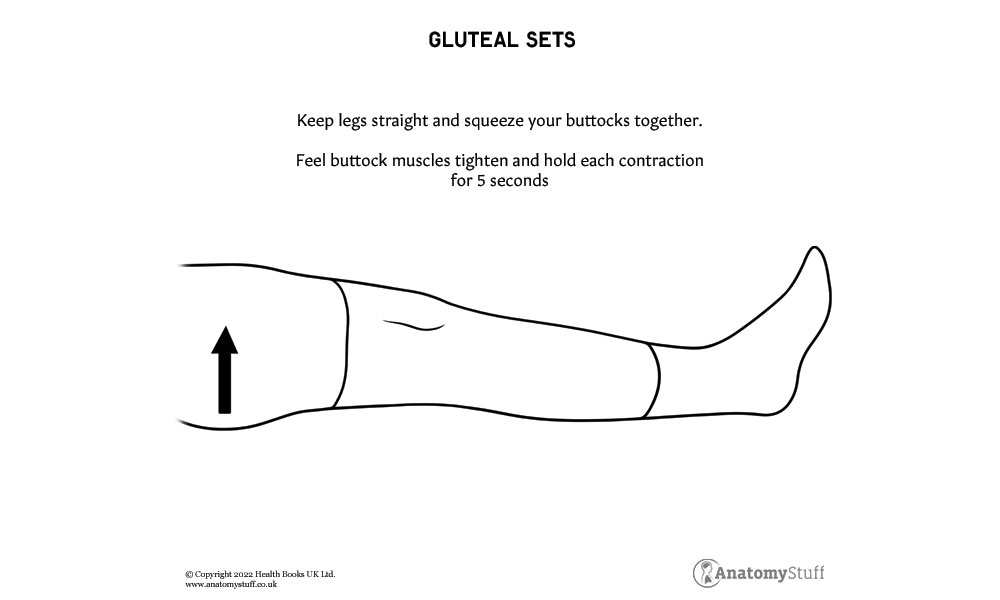Tips to help you after a Hip Replacement
Hip replacement is a life-changing surgical procedure that needs patience and effort to return to your activities of daily living. It would help if you take caution when moving your hip following a hip replacement, particularly in the initial few months.
If you do not have any idea how to support yourself, then you are at the right place. This article will give you some ideal self-help tips to follow after hip replacement surgery.
What is Hip Replacement Surgery?
Hip replacement surgery is also called hip arthroplasty. This type of surgical procedure is carried out in conditions when you have severe arthritis, avascular necrosis, severe fracture, or any condition that damages the hip joint.
An orthopaedic surgeon replaces the damaged parts of the hip with artificial parts or artificial joints called prostheses to help you recover from the underlying painful condition that was limiting your activities.
Conditions that can lead to a hip replacement
Various conditions in which your hip joint is extremely painful and completely damaged requires hip replacement surgery.
Some of the reasons why hip replacement is done are given below:
Osteoarthritis: one of the most common pathological reasons leading to hip replacement. It causes cartilage wear and tear, which helps you move your joint smoothly.
Rheumatoid Arthritis: is an autoimmune disorder that causes inflammation and damage to the cartilage resulting in a deformed hip joint.
Osteonecrosis: occurs due to complete blockage or interrupted blood flow towards your hip joint. It may be due to dislocation or fracture.
Hip replacement surgery may be a choice if you are experiencing the following:
⦁ Persistent pain that does not go away after taking painkillers.
⦁ Pain that worsens during walking with or without support.
⦁ Pain that disturbs your sleep.
⦁ Pain that aggravates when you stand from a sitting position.
Exercises to do after hip replacement
It is critical to work on restoring strength following hip surgery. You can accomplish this by performing strengthening exercises as directed by your physiotherapist.
Some exercises you can easily follow at home are given below.
Ankle Pumps
This exercise is important for maintaining blood circulation in the legs. You can start this exercise right away after surgery.
This is done in the following manner:
⦁ Slowly move your feet up and down as far as possible while lying in bed.
⦁ Try to repeat this exercise 10 times in an hour, initially after surgery for the next two weeks and then 3-5 times a day for the next 6 weeks.
Quadriceps Sets
This exercise can be started right away after surgery and helps improves thigh circulation.
⦁ Lie straight in bed and tighten your thigh muscles.
⦁ Push your knee into the bed.
⦁ Repeat 10 times (1 set). Perform two sets daily.
Gluteal Sets
Buttock exercise increases the circulation and strength of gluteal muscles. This can be done as follow:
⦁ Lie straight in bed and squeeze your buttocks for five seconds.
⦁ Repeat 10 times in a single session and do 2-3 sessions in a day.
Heel Slides
Also called bed-supported knee bends. This exercise improves mobility and prevents joint stiffness. This can be done as follow:
⦁ Lie straight in bed and move your heel towards your buttocks. Bend your knee but keep your heel rolled in the bed and hold for 5-10 seconds.
⦁ Now, straighten your leg while rolling your heel away from your buttocks.
⦁ Repeats 10 times in a three minutes session and performs 3-4 sessions daily.
Abduction Exercises
This exercise improves the mobility of the hip joint.
⦁ Lie straight in bed.
⦁ Slide your leg outside as far as possible and then move inside.
⦁ Repeat 10 times in a session and perform 3-4 sessions daily.
If you experience sharp pain, stop the activity immediately, and if symptoms persist, contact your GP for advice.
For the full range of hip replacement exercises, take a look at our Hip Replacement Exercises Leaflet.
Self-help tips for post-operative hip replacement
Follow these tips to have a quick and smooth recovery after hip replacement:
⦁ Elevate your leg and use icing to reduce inflammation.
⦁ Take a healthy diet and maintain a healthy weight, as excess weight can cause damage to the prosthesis.
⦁ Place everyday items at waist level, so you won’t have to bend down or reach up.
⦁ Place your non-surgical leg first while climbing the stairs and your surgical leg first while coming down the stairs.
⦁ Avoid sleeping on the surgical side.
⦁ Avoid sitting for a longer time in the same position.
⦁ Avoid driving until your health professionals allow it.
The bottom line
The recovery phase after hip replacement is not difficult if you follow the exercises mentioned above and the self-help tips. You can improve your implant’s life by avoiding vigorous activities and taking precautions beforehand to avoid falls.













